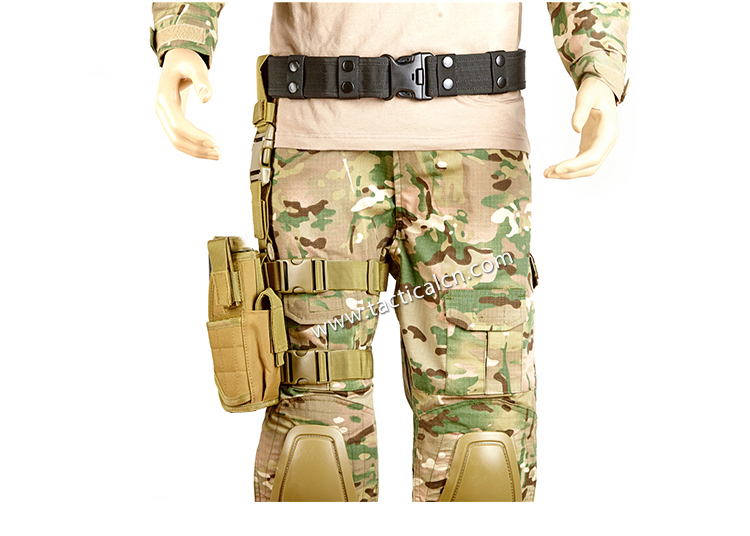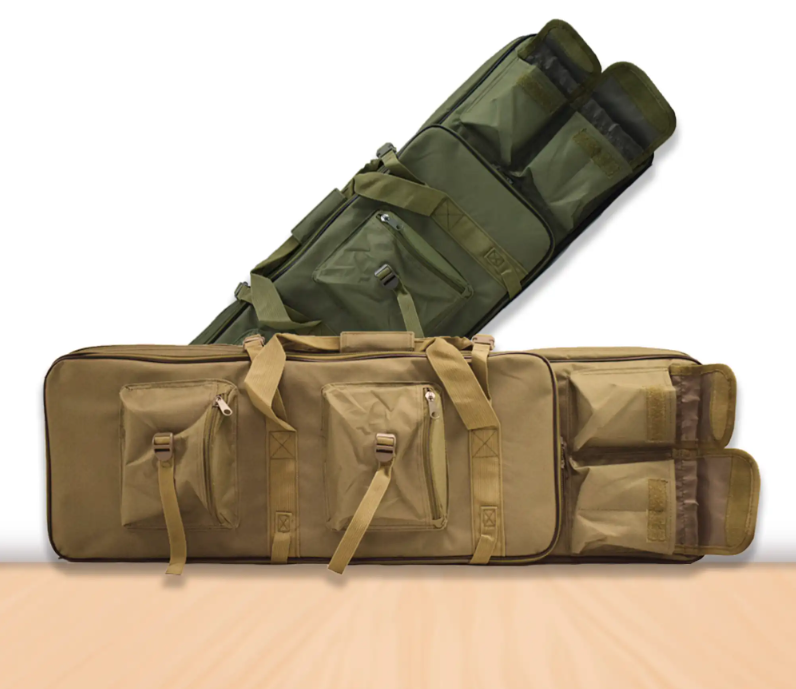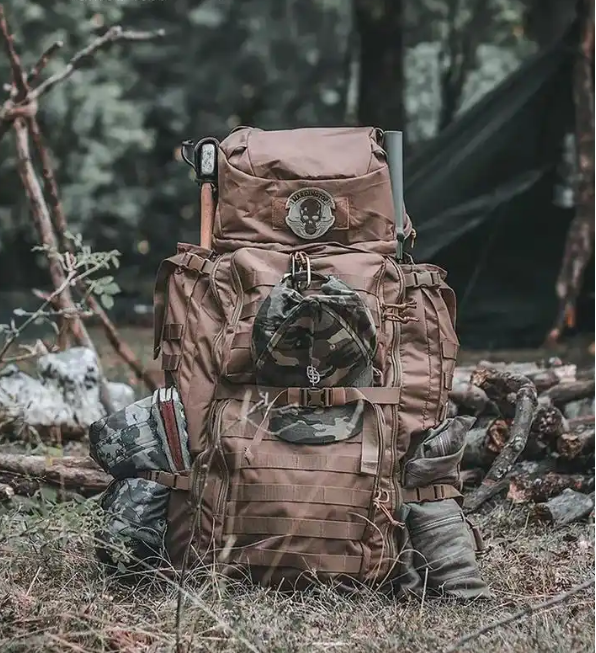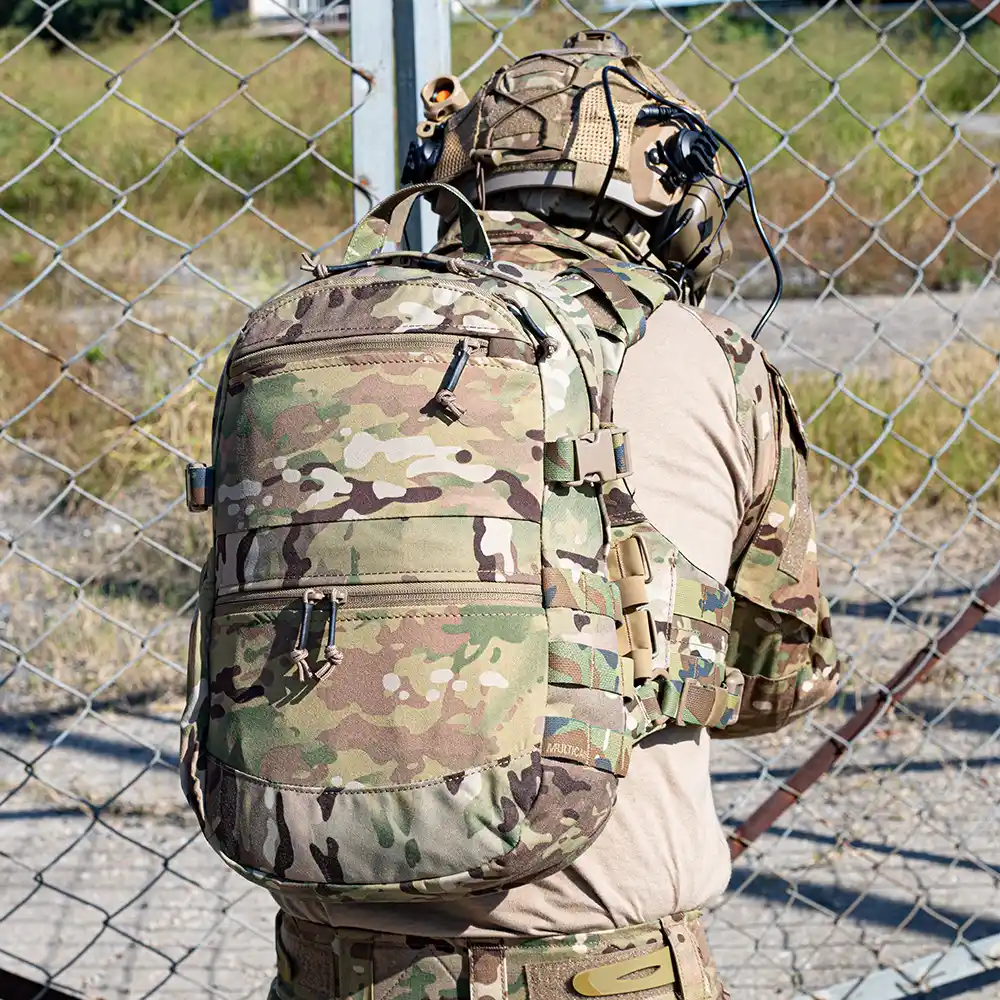How to Choose a Belt That Really Works for You: A Pro’s Core Guide
In the field of concealed carry, experienced users know an oft-overlooked truth: an ordinary belt is never enough to carry a gun. There’s a saying in American firearms forums that goes something like this: “Carrying is three parts: 50% belt, 40% holster, and 10% gun. ”2 This is not an exaggeration! –When you carry heavy firearms, magazines, and other gear around your waist, a belt that lacks support can sag and distort, resulting in an impeded draw, or even a life-threatening situation in a pinch. What’s more, an ill-fitting belt can cause constant discomfort during your daily walks, sitting and lying down, eventually causing you to give up carrying.
1. recognize the core needs: what kind of gun belt do you really need?
Gun belts on the market come in a wide variety of names – Gun belt, Tactical belt, EDC belt, and other terms are mixed up, often leaving those who are new to them scratching their heads. In terms of basic construction, they fall into three categories:
One-Piece Belt (One-Piece Belt): The appearance is almost the same as an ordinary belt, worn into the pants belt loops to use. The advantage is good concealment, suitable for daily urban commuting and casual wear occasions. However, due to the single-layer structure, the load-bearing capacity is usually weaker than other types, and is prone to deformation after carrying heavy equipment for a long period of time2.
Padded Belt: Wide and thick, it needs to be fixed at the waist with the help of an inner belt. The most important feature is the MOLLE webbing, which allows for highly modular mounting of multiple pieces of equipment (e.g., magazine pouches, medical kits). Disadvantages are large size, poor breathability, not suitable for daily concealed carry, mostly used for range training or tactical missions2.
Double Belt / Inner-Outer Belt: Contains two layers: the inner layer is worn through the pants loop and the outer layer is attached to the inner layer by a large Velcro strap. Combines stability and quick on/off capability, and the outer layer usually has a MOLLE system as well. Has become a mainstream choice for tactical users and competition shooters in recent years, but is not as concealable on a daily basis as the one-piece 213.
Decision Tip: If your primary need is urban concealed carry, go with the one-piece; if range training or gear expansion is your focus, go with the two-piece or waistband.
2.Material: not only about durability, but also about concealment and comfort The material is directly related to the belt's longevity, touch and visual concealment:
Leather: Classic and elegant, soft edges are not easy to rub the skin, especially suitable for formal wear or business casual wear. However, be aware that low-end leather is prone to stretching and deformation, and metal holster clips may scratch the surface. It is recommended to choose full-grain leather (Full-Grain), the thickness of not less than 1/8 inch, the best internal bulletproof nylon or Kydex lining to enhance the rigidity of 25.
Nylon: Lightweight, highly abrasion-resistant, moisture-resistant, and usually less costly than premium leather. However, the “tactical” look is obvious, and if not matched correctly, it can easily reveal the intent to carry a gun. Top quality nylon belts are made with a double weave + internal lining (e.g. Tegris, Kydex, or even steel) to provide near-metal rigidity313.
Hybrid: Some of the higher-end products combine a leather outer layer with a nylon liner, or Kydex for localized reinforcement of bend-prone areas. Balances durability with a low-profile look, but at a higher price.
Key Considerations: Leather for everyday concealment; Nylon for intense training or wet conditions; Hybrid for those on a budget and looking for all-around performance.
3. width, thickness and rigidity: the golden triangle of support Width: common 1.5 inches and 1.75 inches both.
1.5 inches: suitable for most daily pants (jeans, casual pants) belt loops, the best concealment, is the EDC preferred 313.
1.75 inches: more supportive, especially good for carrying multiple heavy equipment (e.g. large pistol + 2 magazines + medical kit), but not compatible with most formal pants, usually limited to tactical or work pants3.
Thickness and rigidity: the thicker you are the more rigid you usually are, but be wary of two pitfalls:
The “steel bar effect”: a waistband that is too stiff to fit the curve of the waist will create pressure points in the hip bones and cause severe pain when sitting for long periods of time3.
The “Hula Hoop Effect”: a belt that is too firm and causes it to protrude outward, instead pushing the holster away from the body and increasing the risk of clothing “printing” (showing the contours of the gun)3.
The ideal belt should have vertical bending resistance (anti-sagging) and The ideal belt should be vertically resistant to bending (anti-sagging) while retaining lateral flexibility (conforming to the shape of the waist).
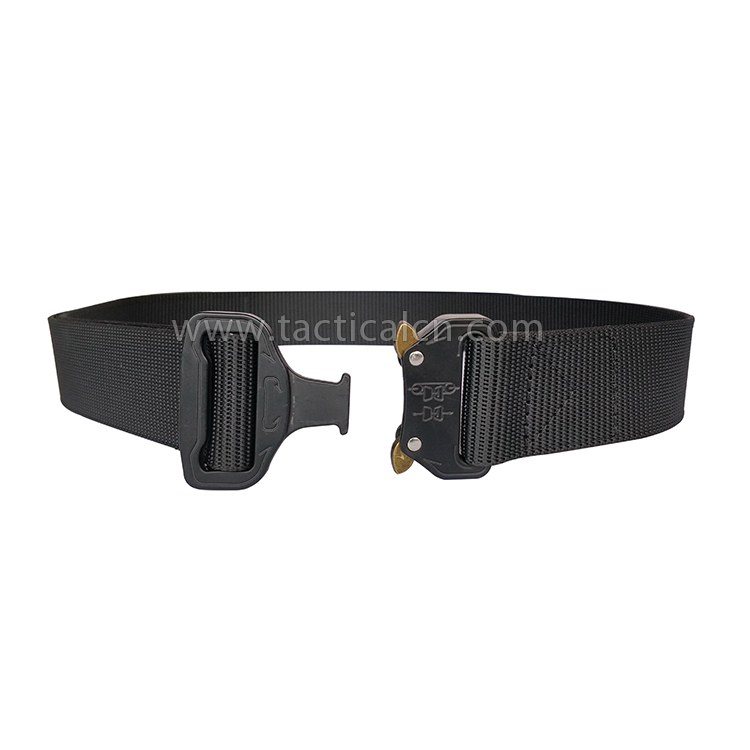
4.the adjustment system: the ability to fine-tune determines the comfort throughout the day
Waist circumference changes throughout the day due to diet and sitting position, and the fixing mechanism determines whether it can be adjusted quickly and senselessly:
Ratchet: Micro-adjustment through small tooth spacing (accuracy up to 1/4 inch), and can be loosened or tightened with a single hand press when sitting in the car. Representative brands: Nexbelt, Kore Essentials23.
Pin Buckle (Post & Hole): The most traditional, looks like a regular belt. However, the holes are widely spaced (about 1 inch), and you may encounter the awkwardness of “one hole is too tight, the next hole is too loose.
Cobra Quick Release Buckle: common in mountaineering and military, extremely strong, can hold hundreds of pounds, and the fastest to undo. But the large size and high-profile shape make it almost impossible to conceal213.
G-Hook: Ultra-thin and lightweight, secured by hooks and teeth, suitable for deep carry users seeking the ultimate in concealment.
5.Size selection: not as simple as “pants size +2”!
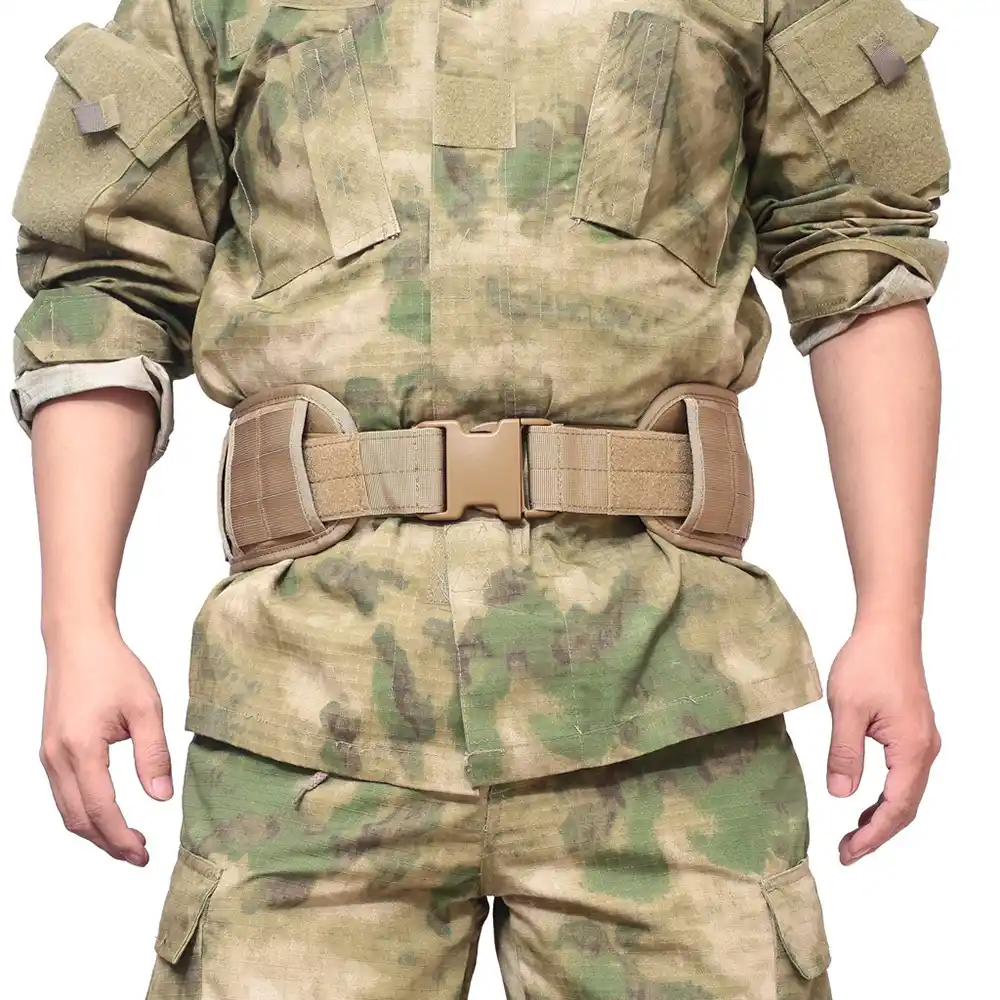
这是测试文
Many people choose their size according to conventional belt logic (pants size + 2 inches), but it is completely wrong when carrying a gun:
IWB (Inside Waistband Carry): the holster is sandwiched between the waistband and the body, and space needs to be reserved. Empirical formula: bare waist + 4 inches (e.g., for a 34-inch waist, choose a 38-inch belt)3.
OWB (Outer Waistband Carry): Holster is on the outside of the pants, less room, bare waist + 2 inches is usually enough.
IMPORTANT: When purchasing a belt that needs to be cut (e.g., Kore, Nexbelt), be sure to allow for allowances – longer rather than shorter!
本,单击 “编辑” 按钮更改此文本。
6. Real-world shopping advice: from scenarios to brands
Everyday Concealment (EDC): go for a 1.5″ wide leather or low-profile nylon one-piece belt + ratchet buckle. Recommended: Hanks Leather Gun Belts (classic leather), Kore Essentials (nylon + ratchet, godlike business belt).
Range/Tactical Training: Go for the 1.75-inch nylon two-piece belt + Cobra buckle. Recommended: Blue Alpha Gear (lightweight and durable), HSGI Wilder Tactical (modular and expandable).
Military Police Duty (Duty Use): need to meet equipment specifications, common external MOLLE 1.75-inch system.
Pit Avoidance Checklist:
❌ Simple buckle belt without Velcro assistance (slips easily)
❌ Single layer unlined “tactical style” soft nylon belt (no support)
❌ Sizing stuck at a threshold (if the maximum waist size is exactly equal to your size, the weight gain is nullified)
A truly professional gun belt is the “invisible skeleton” of your carry system. It shouldn’t be seen, but every day, every draw, every second of comfort reminds you of its existence. Instead of upgrading your holster or pistol later in life, prioritize investing in this often underestimated waistline foundation – because when 50% of the foundation is unstable, the other 40% and 10% of the effectiveness is ultimately unfulfilled!


